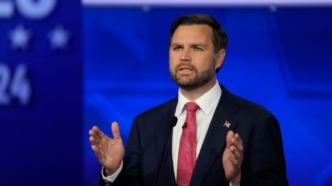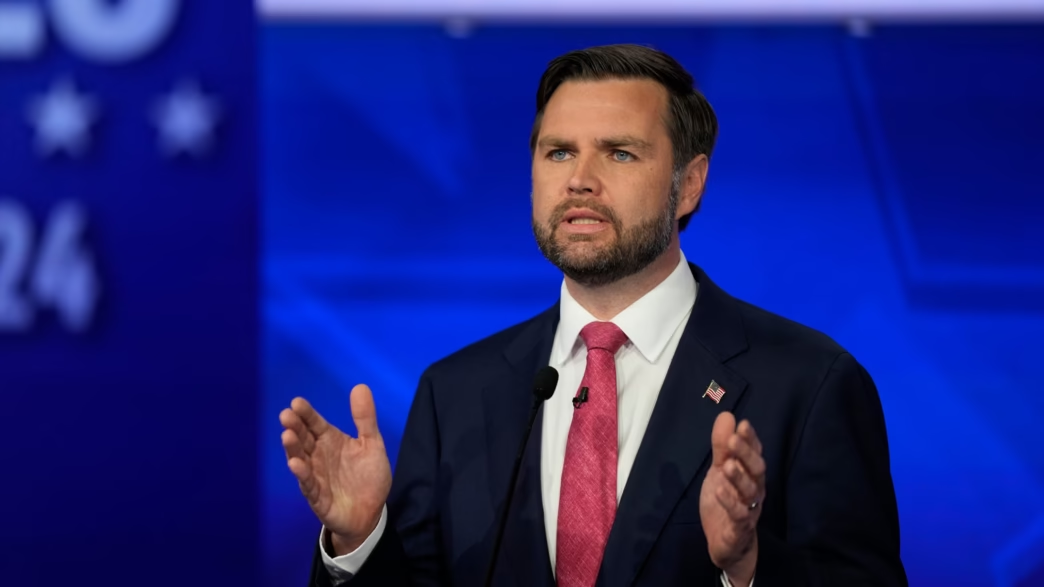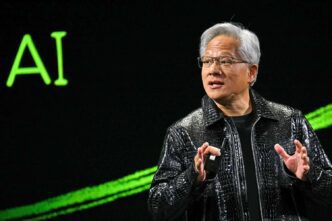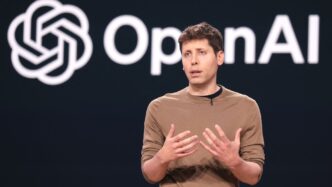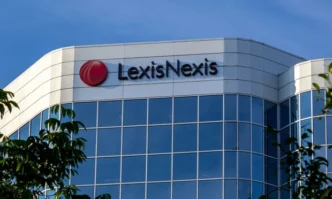At the Andreessen Horowitz American Dynamism Summit in Washington, D.C., Vice President J.D. Vance laid out the Trump administration’s stance on artificial intelligence and tech innovation, promising that their approach of creating an AI Policy would balance the needs of both workers and the tech industry.
Vance pushed back against rising fears that AI will simply replace American jobs. Instead, he argued that the right policies could help the technology augment work, creating opportunities for higher-paying, more engaging roles across industries.
“I think there’s too much fear that AI is just going to wipe out jobs,” Vance said. “In reality, it’s about enhancing what we already do, not eliminating it.”
Drawing parallels to past innovations, he referenced how the invention of the ATM once threatened bank teller jobs but ultimately shifted workers into new, more skilled roles. History, he suggested, offers proof that technological progress leads to better jobs, not mass unemployment.
Vance acknowledged that both blue-collar workers and tech leaders feel neglected by the political system—a failure he attributed to decades of government inaction.
“What I propose is simple—both our workers and our tech innovators have been let down, not just by one administration, but by the policies of the last 40 years,” he told the audience.
He promised that the Trump administration’s AI policy would avoid heavy-handed regulations. Instead, the government aims to give the tech sector room to experiment and grow, enabling the U.S. to lead globally in artificial intelligence and innovation.
Beyond AI, Vance stressed the need to rethink global trade deals and immigration policies—steps he says will encourage companies to invest in America rather than offshoring operations.
“Cheap labor is a crutch that stifles innovation,” Vance warned. “Our goal isn’t to make it easier to send jobs overseas—it’s to bring them back here, where we build, invest, and grow in the United States of America.”
By pushing for policies that limit offshoring and reduce the U.S. economy’s dependence on cheap labor, Vance argued that American workers and companies alike would benefit. The strategy, he said, would force companies to invest in new technologies like AI and robotics, driving innovation and creating a stronger domestic economy.
Vance’s remarks reflect an effort to strike a delicate balance—supporting the populist base concerned about job loss while championing Silicon Valley’s tech-driven growth.
As the administration crafts its AI strategy, Vance made it clear that the focus is on ensuring AI serves the American worker, not just the bottom lines of big tech firms. “The future of AI and tech innovation should benefit everyone—workers, builders, and dreamers alike,” he concluded.
